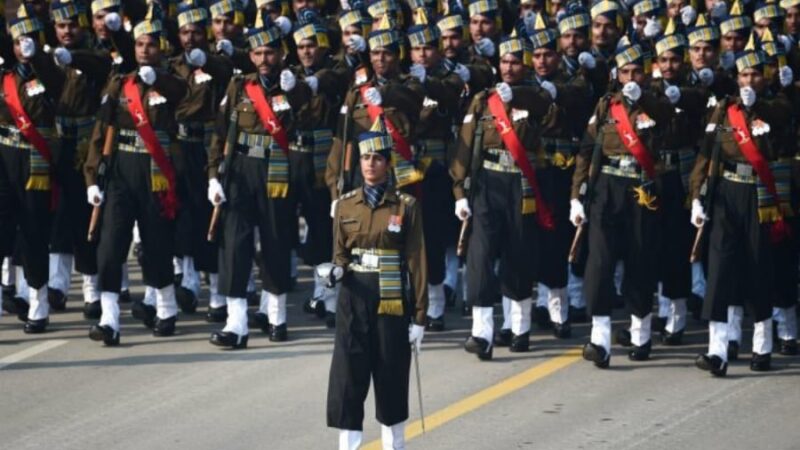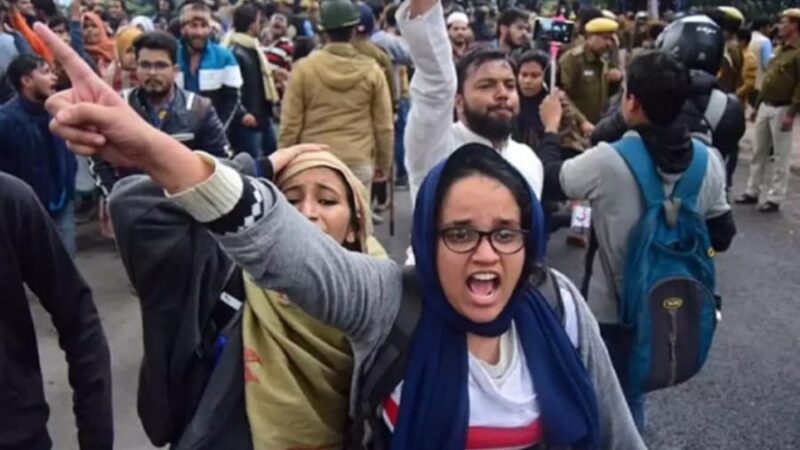Objectification of Women

No matter how much we claim to be the socially superior beings, our atrocious and barbaric actions show the darker side. Ironically, the advancements in technology have witnessed an unparalleled increase in the crimes against women in the society,an instance of which would be the indecent representation or portrayal of women through advertisements,in publications,writings,paintings,etc. Sexual objectification of women is not a new notion but with the passage of time,this social predicament has only aggravated resulting in the vulnerability of the position of women. The objectification of women entails the act of reducing the worth of a woman by treating her as a tool for sexual pleasure irrespective of her intellectual and personal abilities. In order to prevent this,the Parliament enacted the Indecent Representation of Women(Prohibition) Act,1986. Section 2 of the said Act defines ‘Indecent representation of women’ as : ”the depiction in any manner of the figure of a woman; her form or body or any part thereof in such way as to have the effect of being indecent or derogatory or denigrating or is likely to deprave or corrupt or injure the public morality or morals. Section 3 of the act provides : ”No person shall publish or cause to be published, or arrange or take part in the publication or exhibition of any advertisement which contains indecent representation of women in any form”.
Section 4 of the act provides : ”No person shall produce or cause to be produced, sell, let to hire, distribute, circulate or send by post any book, pamphlet, paper, slide, film, writing, drawing, painting, photograph , representation or figure which contains indecent representation of women in any form”. Section 6 of the Act provides: ”Any person who violates the provisions of Sections 3 and 4 would be imprisoned for a time period of upto 2 years and has to pay a fine upto two thousand rupees.The imprisonment will be for a term not less than 6 months but may extend upto 5 years and with fine not less than ten thousand rupees but which may extend to Rupees one lakh on second or subsequent convictions”.In spite of this,women have been portrayed indecently in various manner and there have been numerous protests all over the country to stop the indecent representation of women.In view of the gravity of the issue The Union Cabinet approved the introduction of amendments to the Indecent Representation of Women(Prohibition) Act, 1986 in 2012. Key amendments proposed are as follows:
- Broaden the scope of the law to cover the audio-visual media and material in electronic form.
- Penalties to be enhanced to a maximum of three years of imprisonment and fine of between Rs.50,000 to Rs.1,00,000 for first conviction, and imprisonment of not less than two years, but which may extend to seven years, and a fine between Rs.1,00,000 to Rs.5,00,000 for second conviction.
- Police officers not below the rank of Inspectors authorized to carry out search and seizure, in addition to State and Central Government officers authorized by the State or Central Government.
These amendments seek to ensure that more effective protection is provided against indecent representation of women by covering newer forms of communication like internet, multimedia messaging etc. which would ensure addressal of the problem of increased objectification of women. However, the eternal truth remains that no matter how deterrent a law is until and unless the mindset of the people changes it will be very hard to control their actions. Women will continue to be objects of sexual gratification till the day arrives when respect for them is nurtured in the minds of every human being in the society.
—— About the author: The article is contributed by our intern, Deepshikha Bhowal.






